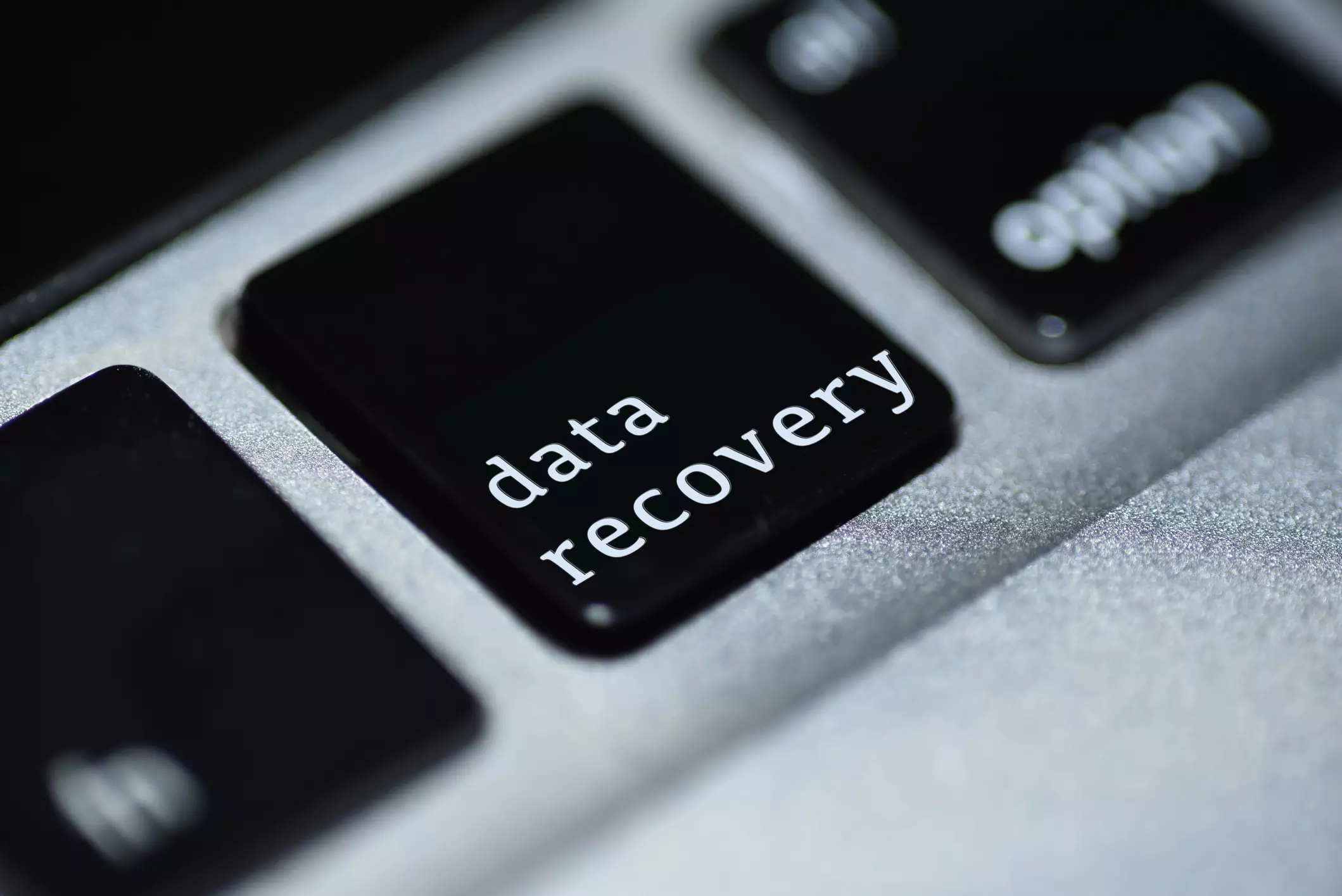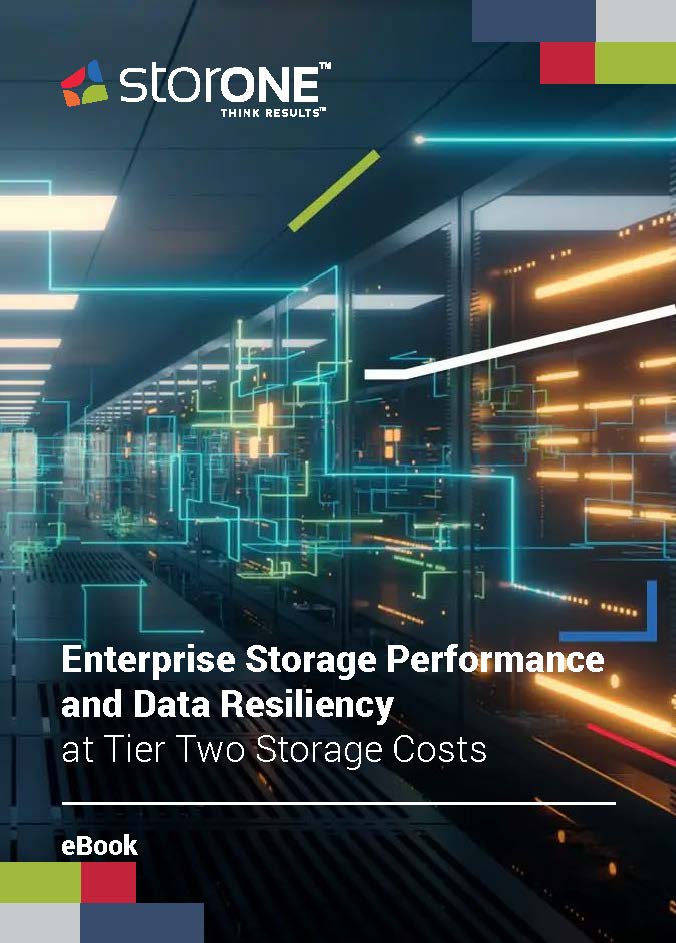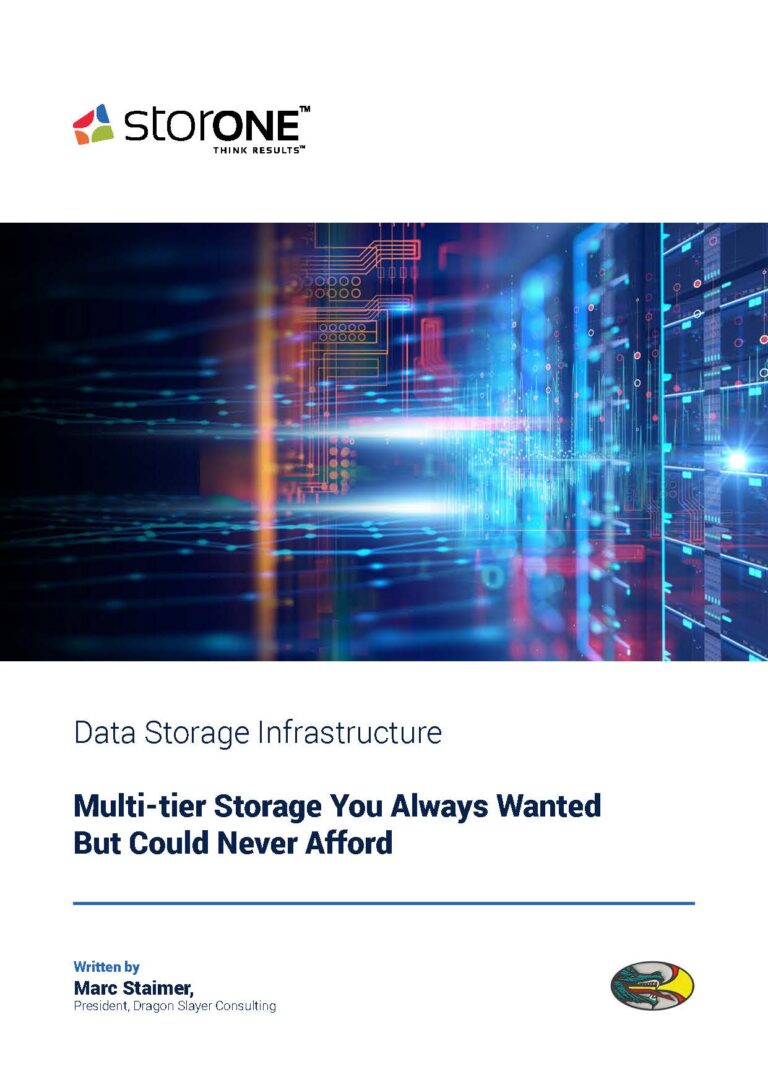Most organizations count on their backup process for disaster recovery (DR) because of the problems of using primary storage for DR. Most backup solutions are far more flexible with what they can use as a replication target. The problem with using backup for DR is it wasn’t designed for the task. It often requires manual intervention and a lot of patience, both of which are lacking during a disaster.

The Real Cost of DR
Most organizations don’t use their DR sites every day. They lay in wait and, hopefully, spring into action when the primary data center for some reason, becomes unavailable. Unless the organization is experiencing a disaster every week, the system in the remote site is idle with the exception of receiving inbound data. It may, potentially, never be used but it needs to be ready just in case. When the day comes where the organization needs the DR site, the DR storage system needs to deliver performance similar to production.
The Cost Problems of Using Primary Storage for DR
The most significant of the problems of using primary storage for DR is the cost. The good news is the vendors often include the replication software. Unfortunately, these same vendors require that the storage system in the disaster recovery site come from them. In many cases, the DR target system must be the exact same configuration as the primary storage system.
Requiring the exact same system in the DR site is especially problematic for all-flash vendors. These vendors force their customers to also purchase an all-flash array in the DR site. All-flash in production has value, having an all-flash array sitting in the DR site is a waste of IT budget.
The Mixed-Hardware Problems Using Primary Storage for DR
A few vendors allow using different hardware in the DR site. In these configurations, the customer could have an all-flash array in their primary storage system and a hard disk array in their DR site. Mixed-hardware is another of the problems of using primary storage for DR. With mixed hardware, the customer is still paying a premium for the vendor’s branded hardware.
Although most storage system vendors purchase hardware from one of four vendors, they still mark that hardware up considerably. Their software may be included with the hardware but you are paying a “tax” to gain access. The other challenge with mixed-hardware that makes it one of the problems using primary storage for DR, is converting the DR site to production-class. It’s good the vendor can lower DR costs by enabling replication from an all-flash array to a hard disk array. When the organization needs the DR site for production, however, the hard disk only system may not meet performance expectations. The vendor needs to provide a seamless way to upgrade performance without replacing the system.
S1:Replicate Overcomes the Problems With Using Primary Storage for DR
S1:Replicate, a capability within StorONE’s Enterprise Storage Platform, overcomes the problems of using primary storage for DR. First, S1:Replicate is built-in to the platform and customers can activate it at no additional charge.
Second, S1:Replicate is hardware-independent. The storage server and storage media in the DR site can be significantly different than the primary storage system. The customer can run two brand new storage servers in an HA configuration in production. Those storage servers can leverage all-flash to deliver high performance to on-premises applications. They can then replicate to an existing two-year-old server in the secondary location. The DR storage server does not need to be in an HA configuration. To keep costs low, it also can use hard disk drives instead of flash.
The result is an extremely low-cost yet reliable server and storage in the DR site. S1:Replicate eliminates one of the biggest problems of using primary storage for DR; cost. The organization can now afford to use primary storage for DR. Using primary storage for DR means that when a disaster occurs the DR site has instant access to production data in its native format. Recovery means connecting applications to the volumes on the DR storage system and promoting it to production.
Overcoming the Production Problems of Using Primary Storage for DR
The first step, during DR, is to make sure applications are accessing the DR storage server. Then IT needs to confirm the extent of time the organization will be running from the DR site. If the organization will run from the DR site for weeks, then IT needs to take action. It has to make the DR storage system production class. The problem is most vendors lack the flexibility to enable the hardening of the DR system after the fact.
The first step is to add HA. For StorONE’s Enterprise Storage Platform, hardening requires adding another server and establishing the cluster. The second server, can again, be different than the first server. The next step may be to add flash to the system to improve performance. After recovering in the remote location you can simply add a shelf of flash drives. The platform will automatically start promoting active data to the flash tier. The result is applications perform at pre-DR production levels. The S1 platform eliminates one of the other biggest challenges using primary storage for DR; dynamically creating a production class DR site.
A final, and often overlooked, step is to establish another DR site. The DR site is now production and it is now vulnerable. Once again S1:Replicate makes this easy and cost-effective. If the organization has another facility, they can simply stand up another server and load the S1 software on it. If they don’t have another site, they can contract with a hosting provider or a StorONE MSP to establish a DR target.
Completing the Data Protection Picture

S1:Replicate is a member of S1’s Data Protection Suite. Our S1:DirectWrite capability provides high performance without the risk of a write cache. S1:vRAID makes sure that IT can protect the organization’s data from media failure. It also maintains high-performance and uses capacity efficiently. S1:Snap provides unlimited numbers of and retention of snapshots for rapid incremental restores. It also drives down cost by tiering old snapshot data to less expensive storage.
S1:Replicate completes the data protection picture. It makes sure that even a complete site failure won’t cause data loss. Most importantly, S1:Replicate makes DR affordable and practical by leveraging less expensive hardware in the remote site. It also provides the flexibility IT needs to upgrade DR site capabilities so it can deliver a full production experience.
The combination of all of these capabilities creates invincible data protection. Invincible data protection is a requirement for today’s production storage infrastructures. It eliminates the problems of using primary storage for DR and reduces the cost of backup. The S1 Enterprise Storage Platform relegates the backup to its proper role; being a copy of last resort.




